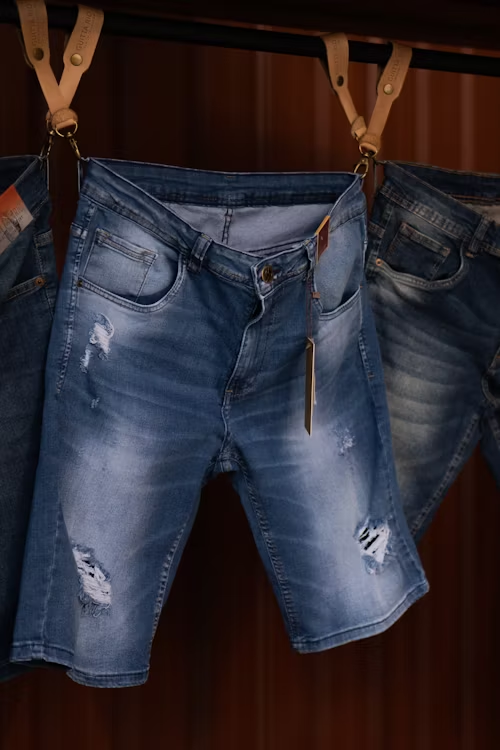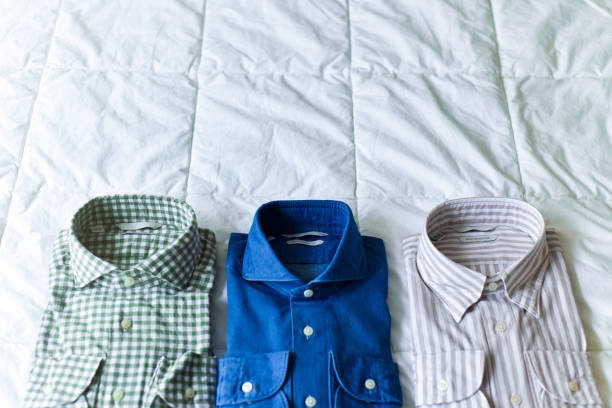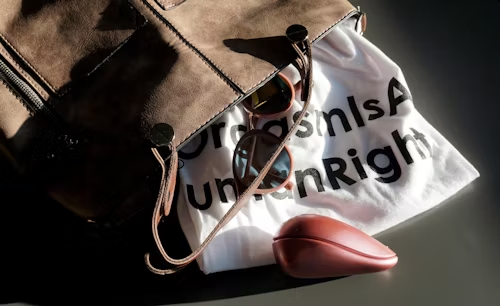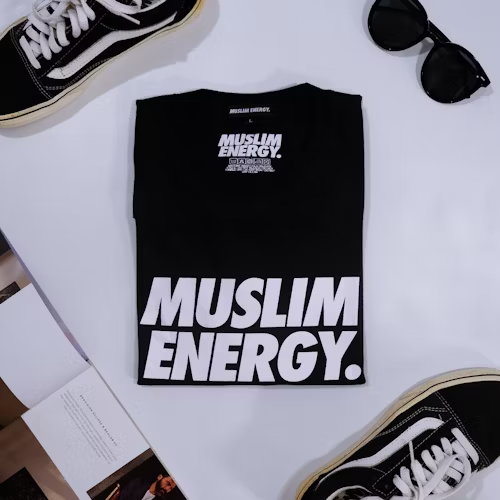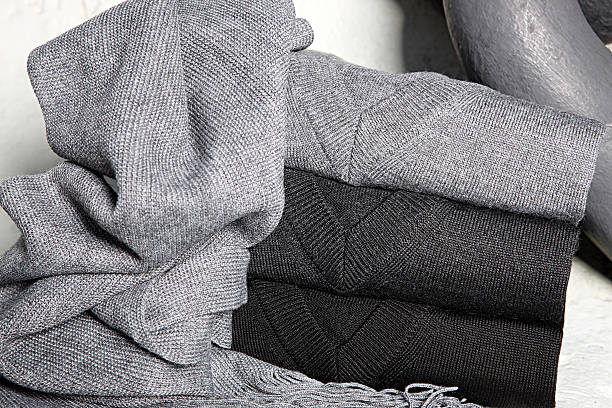Team wear represents more than just matching outfits—it’s a symbol of unity, identity, and professionalism. Whether for sports squads, corporate events, or school groups, custom uniforms foster cohesion and leave lasting impressions. In this guide, we’ll explore the essence of team apparel and break down the step-by-step customization process.
What is Team Wear?
Team wear refers to coordinated clothing worn by members of a group to visually unify them during activities. Common examples include:
- Sports jerseys for football, basketball, or soccer teams
- Corporate uniforms for events, trade shows, or daily office wear
- School or club apparel like debate teams or music ensembles
- Promotional group wear for festivals or community events
Key benefits include enhanced team morale, instant recognition, and professional branding. Modern team wear prioritizes moisture-wicking fabrics, durability, and comfort—especially for active use.
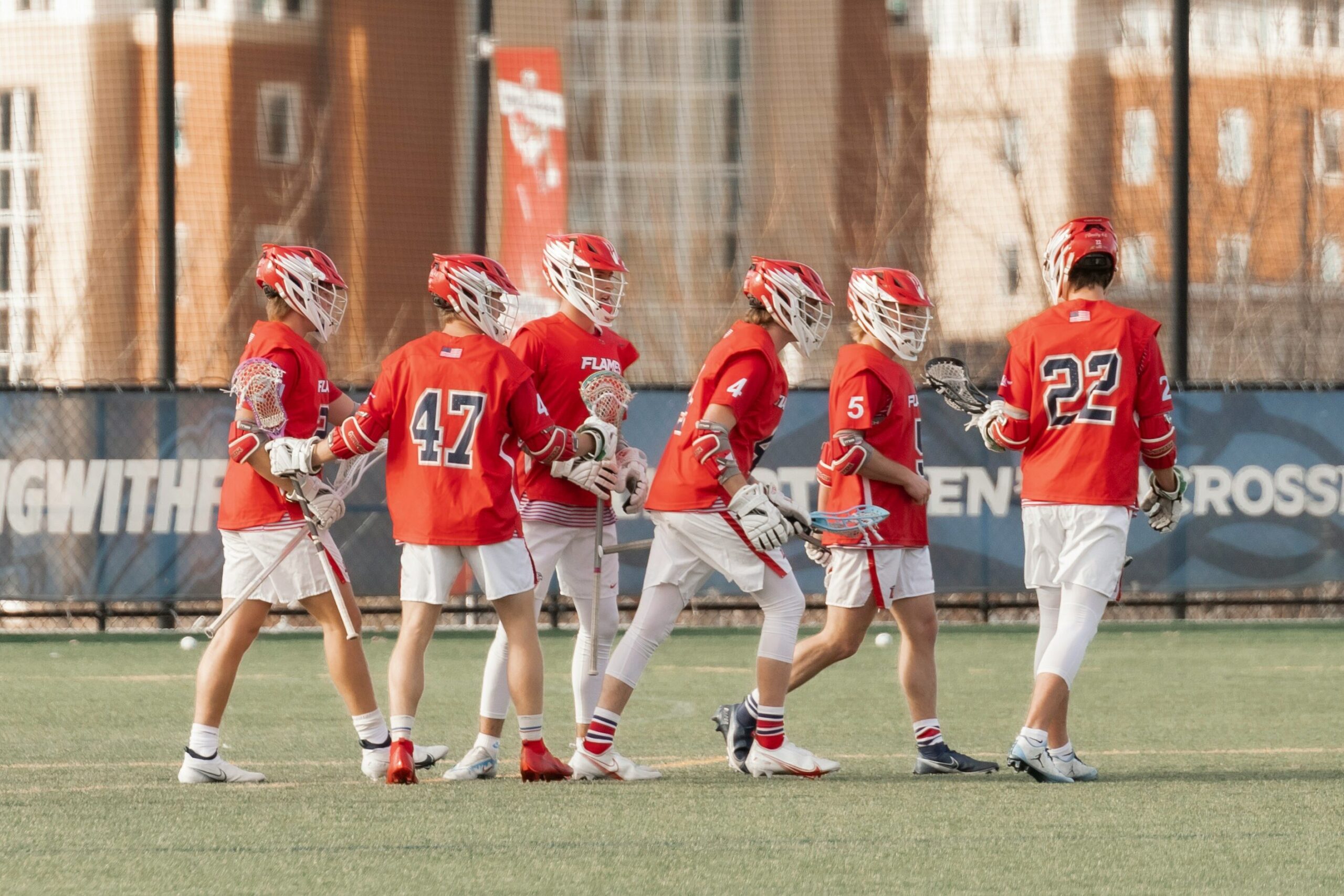
How to Customize Team Uniforms: 7 Simple Steps
Create standout team apparel with this actionable blueprint:
Step 1: Define Your Purpose & Audience
Ask: What’s the primary function of these uniforms? Sports performance demands breathable fabrics like polyester blends, while corporate groups may prioritize polished cotton polos. Consider:
- Activity intensity (high-impact vs. casual)
- Indoor/outdoor use
- Target audience perception
Step 2: Select Garment Types & Styles
Match clothing to your needs:
- T-shirts: Ideal for casual events or budget-friendly options
- Performance Sports Shirts: With moisture control for athletics
- Polo Shirts: Business-casual versatility
- Hoodies & Jackets: For cooler climates or team outerwear
Step 3: Design Your Uniforms
Focus on these elements:
- Colors: Use team/company branding colors
- Logos: Vector files ensure crisp printing
- Typography: Legible fonts for names/numbers
- Placement: Chest, back, or sleeve graphics
Pro Tip: Use free tools like Canva or hire a designer on Fiverr for complex artwork.
Step 4: Choose Decoration Methods
Select based on durability, budget, and fabric:
- Screen Printing: Cost-effective for large batches (>24 pieces)
- Embroidery: Premium finish for logos on polos or jackets
- DTF (Direct-to-Film): Vibrant colors on dark fabrics
- Sublimation: All-over prints for synthetic fabrics
Step 5: Find a Reliable Supplier
Key considerations when choosing a manufacturer:
- Request fabric swatches and decoration samples
- Compare MOQs (Minimum Order Quantities)
- Confirm turnaround times (typically 2-4 weeks)
- Check reviews for print/stitch quality consistency
Step 6: Size & Fit Coordination
Avoid sizing chaos:
- Collect sizes via online forms (Google Forms/SurveyMonkey)
- Order extras in popular sizes (M, L, XL)
- For sports: Prioritize athletic cuts over boxy silhouettes
Step 7: Place Your Order & Track Production
Finalize with confidence:
- Request a physical proof before full production
- Confirm shipping timelines
- Plan distribution early (e.g., pre-event pickup)
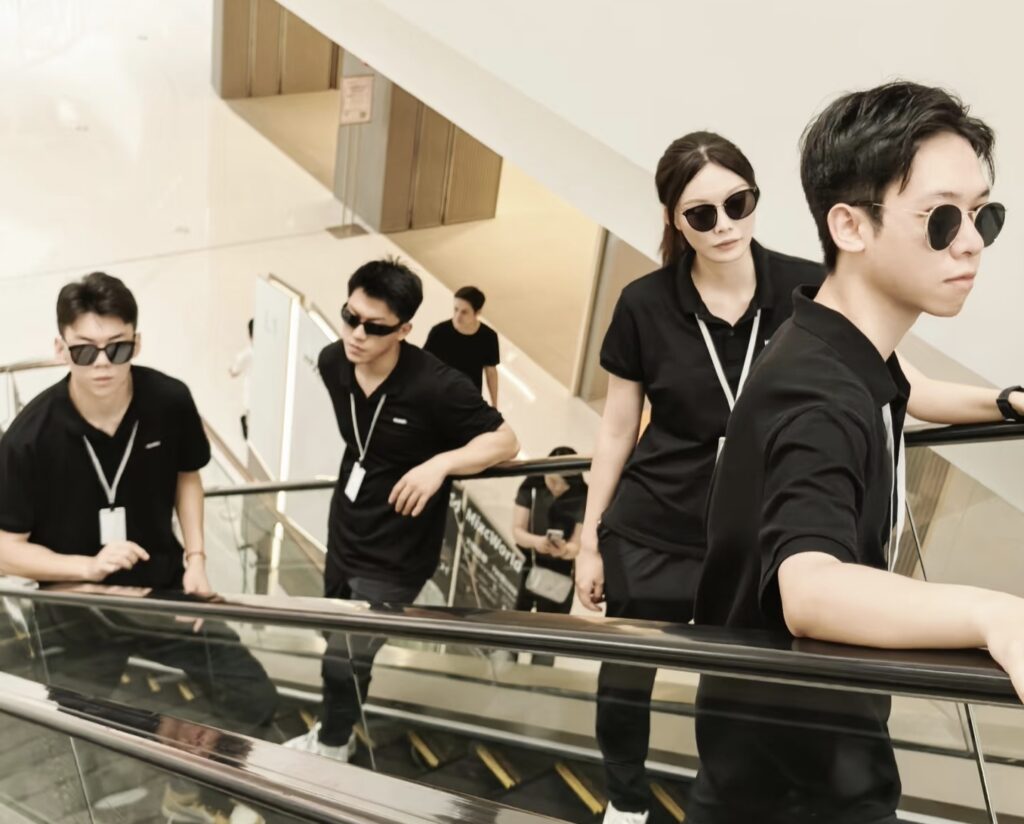
Why Custom Teamwear Boosts Your Brand?
Beyond aesthetics, team uniforms deliver measurable value:
- 96% of people recall brands seeing logoed apparel (Statista)
- Teams report 37% higher cohesion in uniformed groups (Forbes)
- Custom gear lasts 3-5x longer than off-the-shelf options
Ready to unite your team? Start with a style consultation today—transform matching outfits into powerful identity statements.
